Services

1. Flight Plan
(Consultation – 30 minute Call/Meeting)
To get off the ground, we need to establish a plan. First things first…
What would you like your website to do for you?
>> Wanting to promote your new small business?
Your website’s design and layout play a significant role in shaping your brand identity. A well-designed website can convey professionalism, trustworthiness, and uniqueness, helping you establish a strong brand image and differentiate yourself from competitors.
>> Are you looking to bring more traffic to your brick and mortar business?
You can provide details about your products, services, contact information, pricing, hours of operation, and any other relevant information. Additionally, you can use your website to communicate with visitors through contact forms, live chat, or even a blog.
>> Want to spread the word about the services your business provides?
Your website can include dedicated pages that provide detailed descriptions of each service you offer. You can highlight the features, benefits, and unique aspects of your services, helping potential customers understand what you provide and why they should choose you.
Depending on the nature of your services, you may consider integrating an online booking or scheduling system into your website. This feature enables clients to conveniently book appointments, consultations, or services directly through your website.
>> Looking to start an e-commerce store and sell your products online?
You can showcase your products, accept online payments, manage inventory, and process orders, providing a convenient platform for customers to make purchases.
2. PRE-Flight
(Development & Design – 1-2 Weeks)
Once the Flight Plan is established, it’s time to get the wheels rolling on design.
Website development and design focuses on creating an engaging, intuitive, and user-friendly interface that enhances the user experience and effectively communicates the website’s purpose. It aims to create a visually appealing design that aligns with the brand identity and target audience. It involves planning and designing the overall look and feel of the website, including its color scheme, typography, graphics, images, and the arrangement of various elements on web pages. This generally takes around 1-2 weeks to complete before testing and launch.
3. Takeoff
(Website Launch)
Seat belts fastened. Parking brake off. Throttle engaged, and…. TAKEOFF!
Now that everything looks good, it needs to function well, too. Launching the website involves the following:
Content Review:
- Reviewing all textual content for accuracy, grammar, and spelling errors.
- Ensuring that the content is properly formatted and easy to read.
- Verifying that all links within the content are working correctly.
Mobile-Friendly Design:
- Test the website on various mobile devices and tablets to ensure responsiveness and functionality.
- Verify that all content and elements are properly displayed and accessible on smaller screens.
- Test touch interactions and gestures on mobile devices.
Functionality Testing:
- Test all interactive features, forms, buttons, and navigation menus to ensure they are functioning properly.
- Verify that contact forms and other user input fields are correctly capturing and processing data.
- Test any integrations or third-party services (e.g., payment gateways, APIs) to ensure they are working as expected.
SEO Optimization:
- Ensure that relevant meta tags (title, description, keywords) are in place for each page.
- Check that URLs are clean, user-friendly, and optimized for search engines.
- Implement proper header tags (H1, H2, etc.) and keyword-rich content.
- Submit your sitemap to search engines for indexing.
Performance Optimization:
- Optimize website performance by compressing images, minifying CSS and JavaScript files, and enabling caching.
Client Approval:
- Before I make the site live and publicly accessible, I want to ensure that the website meets your expectations, aligns with your requirements, and addresses any concerns you may have.
- I’ll request specific feedback on different aspects such as design elements, content accuracy, functionality, and user experience.
- I’ll address all concerns and make any necessary revisions or changes before getting your final approval.
Maintenance
Let’s keep the wheels greased.
After the website is launched, regular maintenance and updates are necessary to keep it secure, functional, and up-to-date. This involves monitoring performance, applying security patches, adding new features, fixing bugs, and managing content updates.
